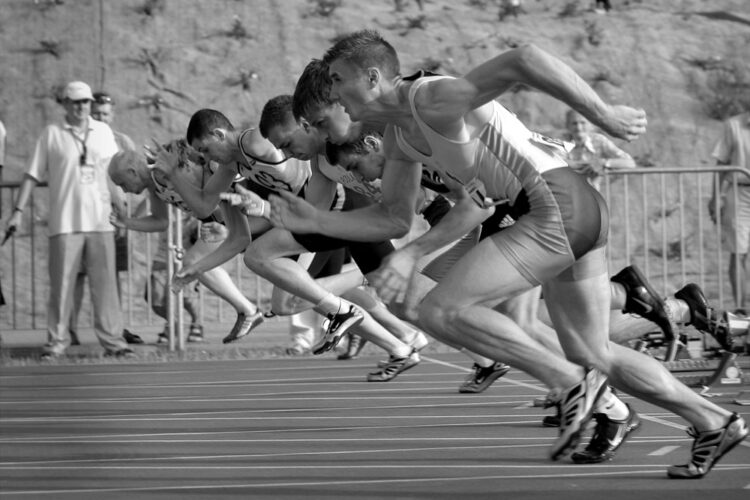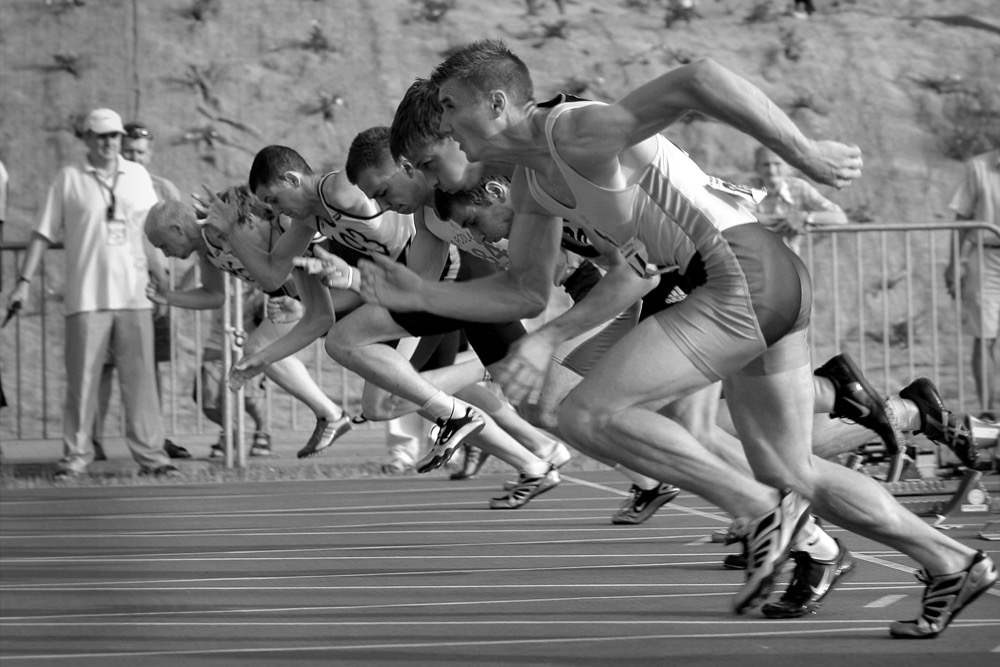There is only one chance in 562,400 that a person in today’s world will win a medal in the summer Olympic Games. Depending upon the sport and event, the chances of winning a gold medal range from 1 in 3.5 million to 1 in 9 million. I was fortunate to train several track and field athletes and swimmers before the 2016 Games in Rio. Of those athletes, 14 medaled and 5 won gold. Here’s what I learned about these men and women did to train for their success.
The athletes came to the Olympic Training Center in San Diego inspired by dreams held since they were young. These dreams fueled their burning desire that was aligned with their goals and clear intentions. They knew that their journey would not be easy. It would take a long-term commitment and require discipline, diligence, dedication, perseverance, patience, mental toughness, and a positive attitude. It would also take a support team of experts, including coaches, exercise physiologists, nutritionists, biomechanics specialists, strength coaches, physical therapists, and sports psychologists.
For eSports athletes facing an upcoming competition, here are a few training tips you can take away.
Soon after arriving at the Center, the athletes underwent a battery of comprehensive tests to objectively measure their various talents and abilities.
They were physically evaluated on their technique, strength, speed, agility, balance, range of motion, body mass index, and diet. They were mentally assessed on their confidence, poise, focus, mental toughness, and resilience. After validating their test results, each athlete understood what their individual strengths were, as well as what they needed to learn and improve.
One of the most important things that many of them needed to learn was how to train not only hard but smart.
This involved a proven cyclical training method known as periodization. Periodization uses a four-part training cycle: Preparation, tapering, execution, and recovery. Most of the athletes’ time was spent in intense preparation in the years and months leading up to major competitions. In the final weeks before the Games, they backed off from their usual level of training and began their tapering process.
When the runners and swimmers tapered, they dramatically decreased the number of meters they were putting in every day.
The discus and javelin throwers cut in half the amount of effort they put into their throws. In the weight room, the shot putters and hammer throwers were lifting a fraction of what they normally did. All the athletes did this in order to go into the competition fresh and rested. Then they were able to peak their energy and execute their skills at a high level during their events, especially in the finals. Afterward, they needed time to recover before starting their next training cycle.
The athletes also varied their training regimens so that they did not do the same drills or exercises two days in a row.
That gave specific muscles, joints, tendons, and ligaments the time to recover from maximal use before engaging them again. Their minds also needed a variety of new or different techniques to turn complex, coordinated skills into habits that could be performed correctly without conscious thought or deliberation.
The athletes worked on the mental skills that were identified by their comprehensive sports psychology assessments as needing more improvement.
These skills included channeling adrenaline, building confidence, maintaining poise under pressure, strengthening courage, focusing past distractions, recovering from mistakes, and developing mental toughness.
The athletes learned and used a variety of mental strategies including relaxation techniques, visualization or mental rehearsal, the Centering process, focusing techniques, and competitive strategies.
They made their own video highlight films that they watched over and over. They listened repeatedly to their own playlist of personal songs, as well as motivational or inspirational speakers’ programs. They posted positive sayings on their walls and mirrors and frequently recited affirmations to themselves throughout the day.
Whether participating in the Olympic Games or an eSports championship, the necessary training involves an intense, comprehensive process that prepares athletes for the physical and mental challenge of competing at such a high level. Athletes who compete at the highest level of their sport must be dedicated, resilient, confident, and extremely disciplined. Most of all, they are apt to take on challenges with a commitment to continual improvement.




